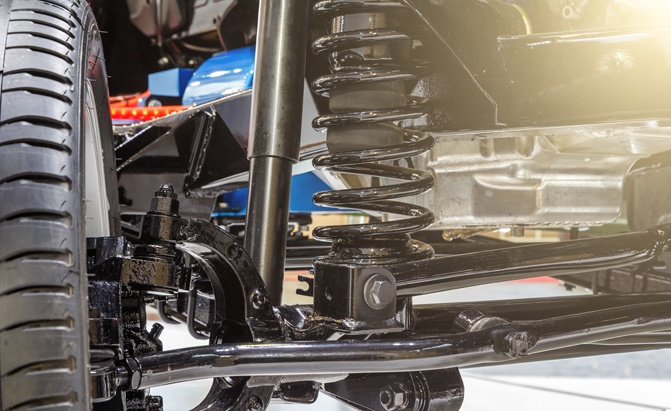Car suspension is one of the most important systems for good performance, safety and comfort while traveling. It consists basically of springs, arms and shock absorbers that connect the chassis to the wheels of the car.
These components are responsible for intermediating the transmission of oscillatory motion, ensuring stability and comfort for the driver and passengers.
To help you understand a little more about this important part of your car, we’ve created this shock absorber dossier. Here you will find relevant information about the operation, importance of the component for the vehicle, ways to identify defects and the risks that these imperfections may pose to your car.
Shock Absorber Types
There are basically two types of shock absorbers, the so-called conventional and the pressurized.
The conventional damper consists of a piston assembly and valves attached to the rod that move inside a special oil pipe that also withstands high temperatures and pressures. Currently, it is widely used in older trucks, buses and vehicles, but they are still very present in the spare parts market.
Would you like to know about best shocks for towing F150? Know more at https://mygaragetool.com/best-shocks-for-towing-f150-reviews.
The pressurized damper is an evolution of the conventional one, which relies only on hydraulic (oil) operation. It features low pressure nitrogen pressurization in the system that avoids the lack of oil in the rod opening cycle, eliminating the “voids” or drive failures of these models, resulting in longer product life than conventional shock absorbers. The gas pressure action keeps the wheel in greater contact with the ground, increasing vehicle grip and stability without compromising comfort, resulting in more efficiency on uneven roads and steep turns.
The different types of mechanical energy dissipation required for different types of applications that have led to the development of specific dampers with different behaviors.

Jake’s blog is a workshop, not just a read. With a toolkit of passion and expertise, he transforms cars into customized masterpieces. Dive into the pages and learn the art of auto modding.








